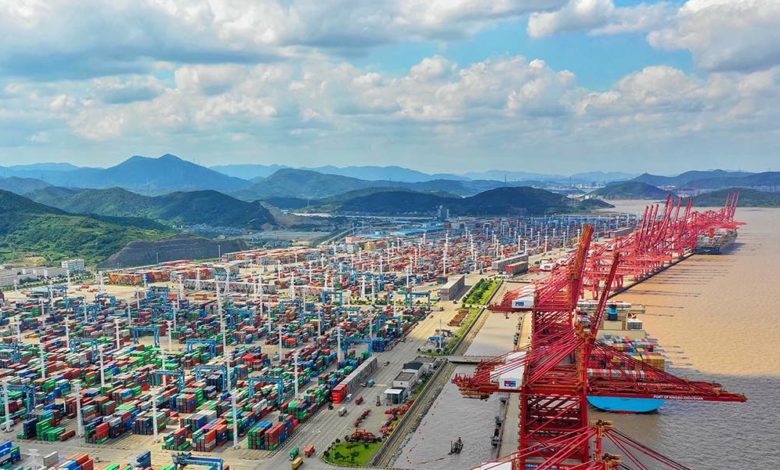Global Logistics 2022: Is this the new normal?

Global supply chain disruptions, port congestion, capacity shortages, increasing ocean freight rates and an ongoing pandemic have challenged shippers, ports, carriers and logistics providers during the past year.
And looking ahead in 2022, experts estimate that the pressure on global supply chains will continue—and the light at the end of the tunnel is not to be expected until the second half of the year at the earliest.
Above all, the consensus is that the pressure on the ocean freight market will continue in 2022, and freight rates are unlikely to fall back to pre-COVID levels. Capacity problems and congestion in the ports will continue to combine with strong global demand in the consumer goods sector.
German economist Monika Schnitzer expects that the current Omicron variant will have further impact on global shipping times in the coming months. “This could exacerbate the already existing delivery bottlenecks,” she warns. “Shipping times from China to the United States have already increased from 85 days to 100 days due to the Delta variant, and that could increase again. Europe is also affected by these problems, as the situation remains tense.”
In the meantime, the ongoing pandemic has prompted logjams at leading ports on the U.S. West Coast and in China, meaning that hundreds of container vessels are waiting at sea for a berth. At the beginning of this year, Maersk warned its customers that the waiting time for container vessels to discharge or pick up cargoes at the Port of Long Beach near Los Angeles is between 38 days and 45 days, and that it’s expected that the constraints will continue.
Read also
Wheat in Southern Brazil Impacted by Dry Weather and Frosts
Oilseed Industry. Leaders and Strategies in the Times of a Great Change
Black Sea & Danube Region: Oilseed and Vegoil Markets Within Ongoing Transfor...
Serbia. The drought will cause extremely high losses for farmers this year
2023/24 Safrinha Corn in Brazil 91% Harvested
Write to us
Our manager will contact you soon



